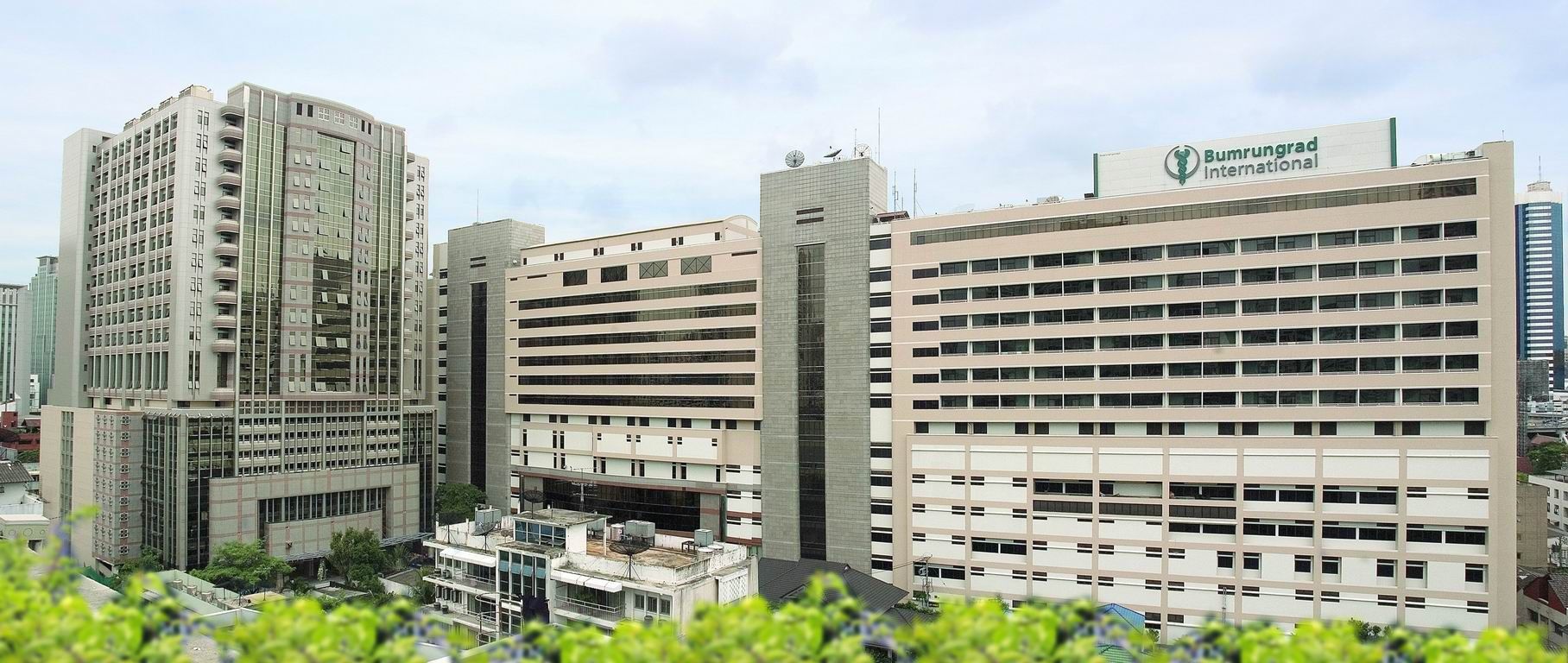Cosmetic Surgery
Otoplasty Treatment
Otoplasty
Otoplasty indicates the surgical and non-surgical procedures for the purpose of correcting the defects and deformities of the external ear, and for reconstructing an imperfect or deformed, or absent external ear, consequent to congenital conditions and trauma.
What is Otoplasty?
Otoplasty indicates the surgical and non-surgical procedures for the purpose of correcting the defects and deformities of the external ear, and for reconstructing an imperfect or deformed, or absent external ear, consequent to congenital conditions (e.g. microtia, anotia, etc.) and trauma. The otoplastic surgeon corrects the defect or deformity by creating an external ear that is of natural proportions, contour, and appearance, generally achieved by the reshaping, the moving, and the increment of the cartilaginous support framework of the pinna. Moreover, the occurrence of congenital ear deformities sometimes overlaps with other medical conditions (e.g. Treacher Collins syndrome and hemifacial microsomia)
Why Patients required Otoplasty Treatment?

The patients might consider otoplasty if:
- Their ear or ears stick out too far from the head
- Their ears are large in proportion to their head
- The patients are not satisfied with a previous ear surgery
- Otoplasty is generally performed on both the ears for optimizing the symmetry.
- Otoplasty can be performed at any age after the ears have reached their full size generally after the age of 5.
- Otoplasty won't change the location of their ears or change their ability to hear.
What are the risks involved with ear otoplasty?
Ear Otoplasty poses various risks, which includes the following:
- Scarring: While the scars are permanent, they'll probably be hidden behind the patient’s ears or just within the creases of their ears.
- Asymmetry in ear placement: This could occur due to the alteration during the healing process. Also, the surgery might not successfully correct the pre-existing asymmetry.
- Changes in skin sensation: During otoplasty, sometimes the patient’s ears are being repositioned thus affecting the skin sensation in the area. In very few cases, changes are permanent.
- Problems with stitches: Stitches are used for securing the ear's new shape, which might work their way to the surface of the skin and thus are required to be removed. This can result in the inflammation of the affected skin. As a result, the patients might require additional surgery.
- Overcorrection: Otoplasty can make unnatural contours that can make ears appear to be pinned back.
- Like many other types of major surgery, otoplasty also poses a big risk of infection, an adverse reaction to anaesthesia, and bleeding.
- There is a possibility that patients can have an allergic reaction to the surgical tape or other materials that were used during or after the procedure.
- If the patient receives general anaesthesia, he or she cannot eat or drink anything after midnight, the night before the surgery or the morning of the surgery.
- The last meal should be the night before the surgery and must be very light.
- Most of the otoplasty surgeries are done in the surgeon's office or in an outpatient facility.
- The patients must remember to wear loose fitting, comfortable clothing.
- The patients should not wear a shirt with a restrictive collar.
- Ideally, the patients should wear a button-down shirt that they do not have to pull over their head.
- This is particularly important for the children, for avoiding any unnecessary impact on the surgery area.
- If the patients are an adult, the surgery will be done within a few hours and the patients are able to go home the same day as the surgery is performed.
- The patients must be accompanied by someone who can drive them home and stay with them the first night after the surgery.
- Sometimes, in the case of the children, the doctor will prefer that they stay in the hospital one night.
- If the patients are undergoing more complex surgery as an adult, the patients may also need to stay in the hospital overnight.
Procedure for Ear Pinning Surgery:
With the medical advancements it is much easier to have an ear pinning surgery. Currently, there are various ways that the ear can be reshaped.
- One consists of cutting out the cartilage of the ear.
- Another involves stitching and folding that cartilage instead of cutting it away.
- In the latter scenario, skin is being cut away instead of cartilage.
- In either case, the surgeon will start by making a small cut at the back of the patient’s ear, thus allowing access to the cartilage for the required procedure.
- After the surgery is complete, the cut site will be secured with the help of the stitches.
What to expect and what to perform?
- The actual surgery will last for about three hours, depending on the complexity of the surgery for the patient’s particular case.
- Again, if the patient’s condition needs more complex surgery, it may take even longer than three hours.
- The surgeon will detail all of this to the patients.
- If the patient is an adult, their surgeon will probably use local anaesthesia with a sedative.
- A child will have more chances of receiving general anaesthesia for ensuring that the child cannot move around during the operation.
How soon will I recover from ear correction surgery?
- The patients will require bandages over their ears for several days after surgery has been performed.
- While the bandages are in place, the patients will not be able to wash their hair.
- After the removal of the bandages, a loose but supportive headband is worn over the ears at night by the patients.
- This will help in removing the tension from their ears.
- The headband should be worn loose to prevent the ears from being pulled forward if the patients move while sleeping.
- The individual can return to school or to their work within a week.
- Regular activity and exercise can be restarted within 2 weeks.
- Patients must avoid activities that could cause trauma or injury to their ears during the recovery period.
- Physical contact sports, such as judo, rugby, or football must be avoided for at least 3 months.
- Swimming must be avoided for up to 8 weeks.
- Post-surgical numbness may persist for several weeks, and mild bruising may be present for up to 2 weeks.
- The patients may experience stiffness in their ears for several months.
- Soreness, especially at night, can last up to a few months.
Factors Affecting Ear Pinning Surgery Cost
The ear pinning surgery cost (otoplasty) varies depending on some consideration.
Below are the primary factors influencing the total cost-
- Surgeon’s Expertise and Reputation
- Geographic Location
- Anaesthesia
- Complexity of the Procedure
- Pre- and Post-Surgical Care
Best Hospitals for Otoplasty Surgery
Artemis Hospital, Gurgaon
Medanta The Medicity, Gurgaon
Fortis Memorial Research Institute, Gurgaon
Best Doctors for Otoplasty Surgery
- Dr. Avinash Agarwal
- Dr. Rakesh Kumar Khazanchi
- Dr. Adhishwar Sharma
- Dr. Ajaya Kashyap
Why Choose GetWellGo for Ear Pin Back surgery?
Selecting a facility such as GetWellGo for your ear pin back surgery has a number of benefits, especially the quality and convenience of a specialized centre.
Here's why you might consider GetWellGo for your procedure:
- Expertise and Skilled Surgeons
- Comprehensive Patient Care
- State-of-the-Art Facilities
- Transparent Pricing
- Multilingual Support
- Visa Arrangement
- Travel and Accommodation Services
- Minimally Invasive Techniques
FAQ
1. What are the advantages of undergoing otoplasty?
- Adjusted for ear position and appropriate sizes and proportions of the ears.
- Increased self- esteem and rigidity, reduced anxiety and stress levels.
- Little visibility as the incisions are made at the back of the ear.
- Sustainable in almost all instances according to the current knowledge and available technologies.
2. How long does recovery take?
Initial Recovery:
- This is then followed by wearing a bandage for the first few days.
- Cosmetic problems of swelling and discomfort may be addressed by medications.
Return to Normal Activities:
- The majority of individuals are back to work/school within 5-7 days.
- High-intensity exercises are banned for 4-6 weeks depending on the advancement of the tumor.
Complete Healing:
- Full outcome is seen after inflammation has disappeared and this may take between 6-12 weeks.
3. What is the success rate after otoplasty?
- The success rate is above 90%, many patients are satisfied with the look they wanted to achieve.
- Secondary operations that help repair any outstanding problems are unusual but do occur.
TREATMENT-RELATED QUESTIONS
GetWellGo will provide you end-to-end guidance and assistance and that will include finding relevant and the best doctors for you in India.
A relationship manager from GetWellGo will be assigned to you who will prepare your case, share with multiple doctors and hospitals and get back to you with a treatment plan, cost of treatment and other useful information. The relationship manager will take care of all details related to your visit and successful return & recovery.
Yes, if you wish GetWellGo can assist you in getting your appointments fixed with multiple doctors and hospitals, which will assist you in getting the second opinion and will help you in cost comparison as well.
Yes, our professional medical team will help you in getting the estimated cost for the treatment. The cost as you may be aware depends on the medical condition, the choice of treatment, the type of room opted for etc. All your medical history and essential treatment details would be analyzed by the team of experts in the hospitals. They will also provide you with the various types of rooms/accommodation packages available and you have to make the selection. Charges are likely to vary by the type of room you take.
You have to check with your health insurance provider for the details.
The price that you get from GetWellGo is directly from the hospital, it is also discounted and lowest possible in most cases. We help you in getting the best price possible.
No, we don't charge patients for any service or convenience fee. All healthcare services GetWellGo provide are free of cost.
Top Doctors for Cosmetic Surgery
Top Hospitals for Cosmetic Surgery
Contact Us Now!
Fill the form below to get in touch with our experts.

.jpg)
.jpg)

.jpg)


